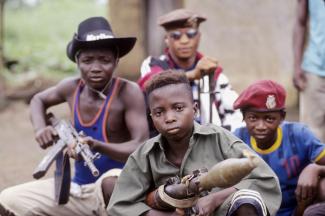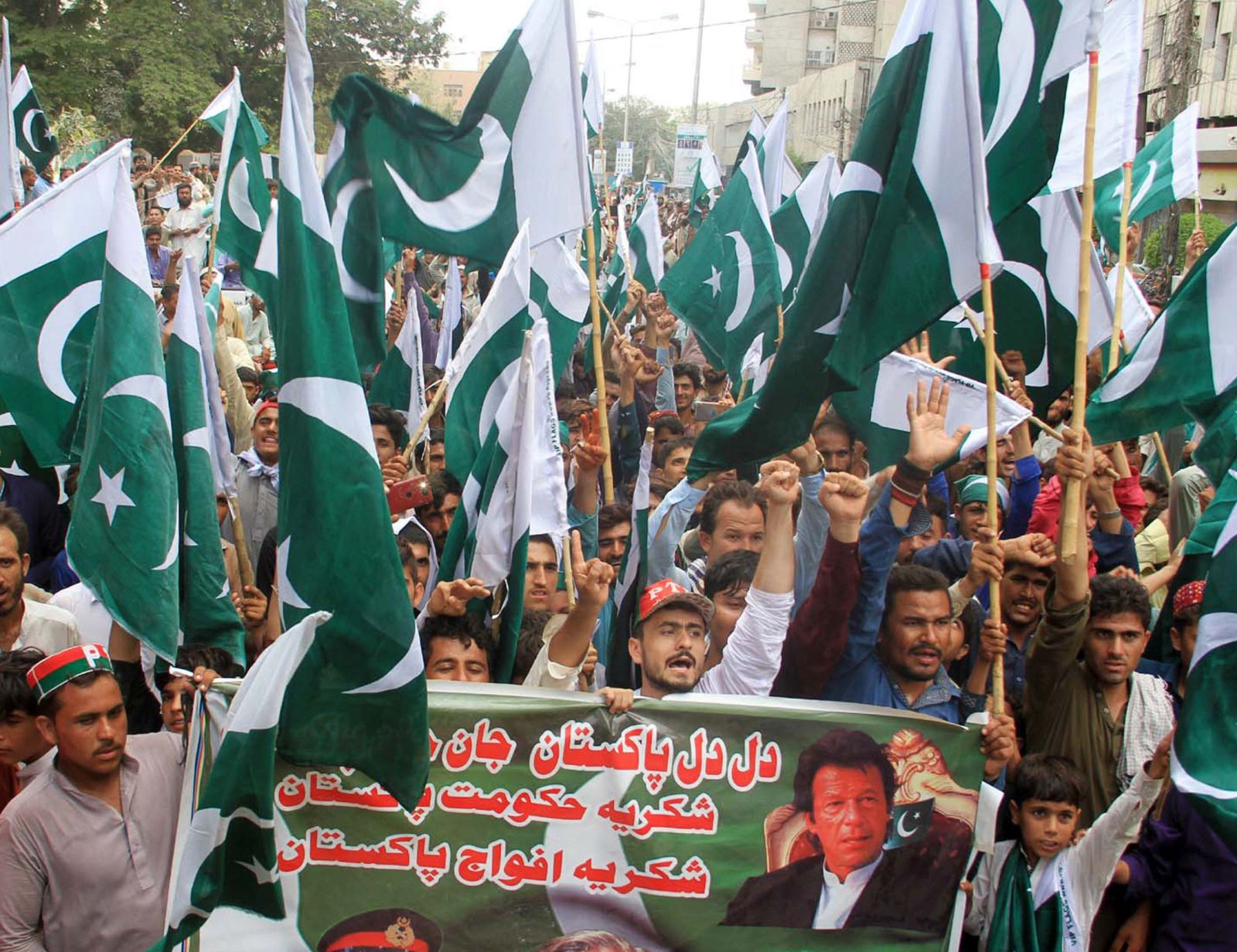Civil wars
Children in terrorist organisations

In the past, children were mostly banned from active participation in wars. But that changed in the 20th century, when children were used in national and colonial liberation conflicts, write Mia Bloom and John Horgan of Georgia State University in their book “Small arms. Children and terrorism”. In the past 20 years, the number of child soldiers and children in armed organisations, gangs and guerrilla groups has grown massively. Children are also increasingly being used directly in armed struggle.
Using children in terrorist groups certainly has its advantages, the authors say. Compared to adults, children are more agile and flexible and can move more easily between the fronts. They are easier to recruit and manipulate and typically obey orders without question. In addition, they are generally not paid and are therefore cheaper than adult fighters.
As Bloom and Horgan explain, members of terrorist groups often kidnap children or forcefully recruit them from refugee camps. Many of the victims either no
longer have relatives to care for them or were forced to kill their own family members so that there would be no option of going back home. The authors cite the example of the Revolutionary United Front (RUF) in Liberia.
Some organisations fill their ranks with children simply because they have run out of adult fighters. Others send children to war for tactical reasons. In the Iran-Iraq war (1980-1988), Iran used children as cannon fodder and mine-clearers. The Iraqi troops were afraid to shoot at them – which gave the Iranian troops an advantage.
According to the authors’ research, terror groups such as ISIS or Boko Haram use children as it is easier for them to slip past security controls. For example, these organisations send children – as well as old people and those in wheelchairs – into busy markets as suicide bombers.
Particularly in areas without state assistance, families may also find it useful to voluntarily send their children to an armed group, for example if the group controls the supply of food and medicine.
And children are not always forced into combat immediately. Especially in situations of conflicts that last for generations, some terrorist groups establish youth camps or youth organisations to train and prepare them over time for future service.
As an example, the authors cite the “Cubs of the Caliphate”, the children and youth force of ISIS, which gained notoriety in July 2015 when its members executed captured Syrian soldiers with a shot in the neck in front of running cameras. In online channels that ISIS uses to reach out to children around the world, the Cubs are portrayed as heroes, and martyrs among them are celebrated like rock stars. In this way, terrorists use the internet to recruit children worldwide for their brutal struggle.
Using children in terrorist organisations has other impacts besides military and humanitarian ones. It affects the civilian population and the organisation of power structures. In particular, it calls established hierarchies into question and disrupts social and family structures.
Reintegrating these children into society after the end of a conflict poses serious problems. On the one hand, the children are victims of their traumatic experiences. On the other hand, as offenders they represent a great security risk and are often stigmatised. In most countries, there are not enough qualified personnel to treat the childhood traumas. Accordingly, there is a high risk that these children will end up in criminal organisations again.
Book
Bloom, M., and Horgan, J., 2019: Small arms. Children and terrorism. Ithaca, Cornell University Press.














